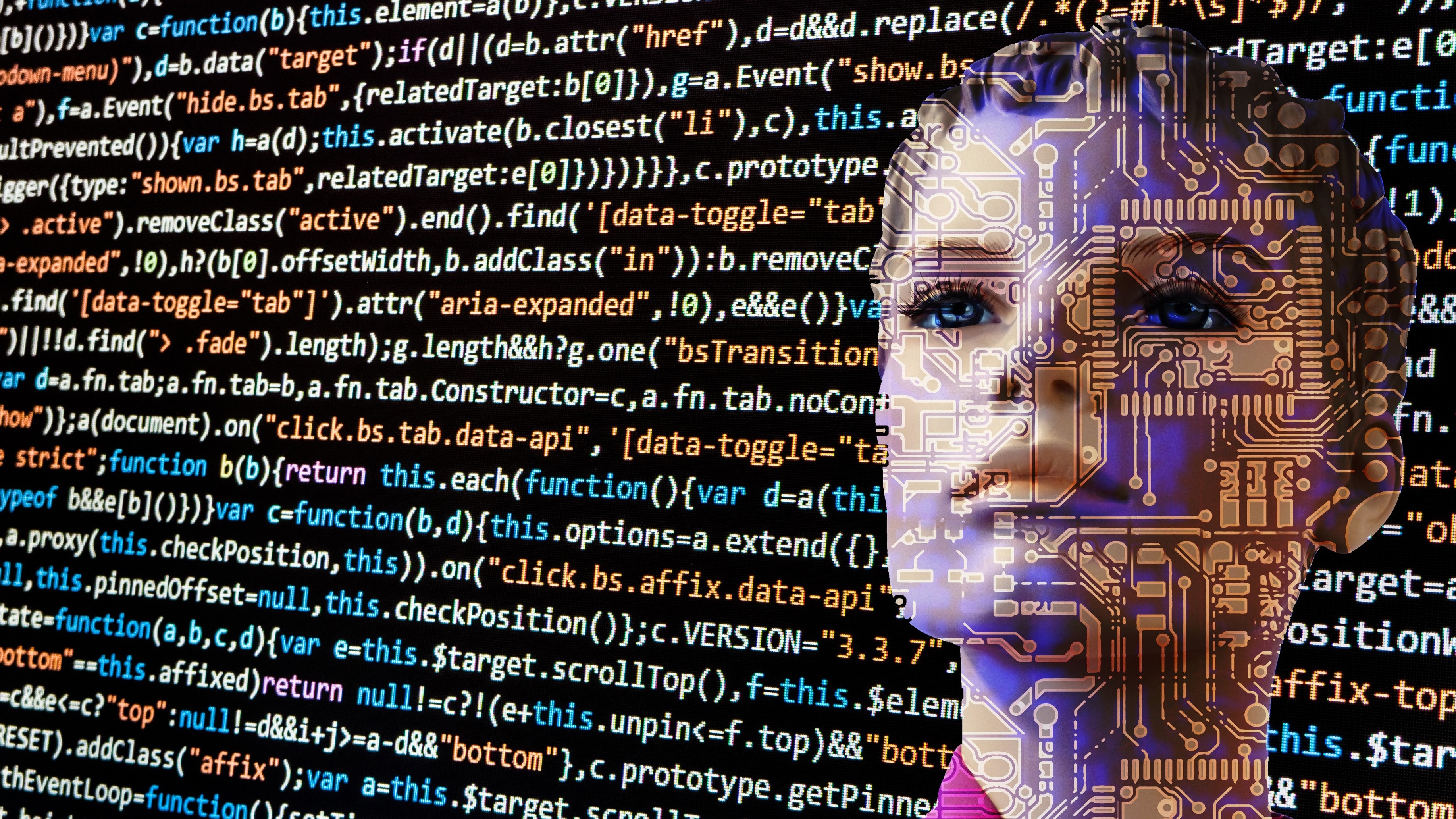AI’s memory is perfect for insight into collective behaviour
What AI tell us about collective behaviour

AI was never intended to give insights into collective behaviour, yet it’s becoming an increasingly efficient method of doing so.
In an age of the GDPR fearful, collective behaviour is the way forward to understanding consumer preferences and AI’s memory of data allows this to happen without jeopardising individual behaviour.
- Three ways CIOs can successfully scale AI
- Trump administration orders research into AI
- Three quarters of smartphones will have AI chip by 2022
Early beginnings
Alan Turing was recently named as the most ‘iconic’ figure of the 20th century. Perhaps this is because of the explosive interest and power that artificial intelligence is set to have on our world in the near future.
He was a mathematician who cracked codes during World War II and praised with shortening the war by several years due to his work at Bletchley Park. Here, he was tasked with cracking the ‘Enigma’ code and, with another code-breaker, invented a machine known as the Bombe which has had a huge influence on the development of computer science and artificial intelligence.
Turing suggested that humans use available information as well as reason in order to solve problems and make decisions, so machines should, in theory, be able to do the same. This was the logical framework of his 1950 paper, Computing Machinery and Intelligence, in which he discusses how to build intelligent machines and how to test their intelligence.
After a conference in 1956 where, what is considered by many, to be the first AI programme was presented, a flurry of interest in AI ensued. Computers could store more information and became faster, cheaper, and more accessible. Machine learning algorithms improved and people got better at knowing which algorithm to apply to their problem. However, a mountain of obstacles were uncovered and things began to slow down.
In the 1980’s, AI was reignited by two sources: an expansion of the algorithmic toolkit, and a boost of funds. This led to some of AI’s greatest achievements such as the defeat of reigning world chess champion and grandmaster Gary Kasparov.
Sign up to the TechRadar Pro newsletter to get all the top news, opinion, features and guidance your business needs to succeed!

AI’s memory
As the history of AI shows, it’s creation occurred due to a need to solve issues at a faster rate than humans. Yet, a by product of solving these issues is a wealth of data which is effectively the AI’s ‘memory’. This creates a database of insight into people’s behaviour from what the AI has collected.
For example, an area in which AI has been particularly beneficial in is matching people with one another based off shared interests. Technology has long been thought of as a way to bring people together but in the past these people have at least known one another. Now, AI can bring people together who are likely to be friends but may not have even ever met. This is the aim of the AI.
An example of AI bringing people together can be seen with the company badi. We utilise AI’s capability in this area in response to the rise in room-rentals where people who don’t know each other often live with one another. Previous business models that facilitate room-rentals have concentrated on the renter and the potential flat but happiness in flatshares is often determined by housemates, rather than the standard of the flat.
Levels of insight
To do this, three levels of insight are collected and combined and used to help facilitate better housemate ‘matches’. This is AI fulfilling its role of doing something much faster than a human would be able to, particularly as it can analyse data and ‘read’ people's profiles faster.
1. Personality traits - these are based on a set of questions which a person is asked. This includes their age, gender, occupation, where they live, where they want to live and their preferences for another flatmate.
2. Behavioural data - this analyses the actions that people are making on badi, such as who a person has sent a request to and how many requests they have sent. This then creates a supposed flatmate preference which will be cross-analysed with the person’s answers in their personality traits to show a more true version of what their preferences are. For example, a person may think they would prefer to live with a man who works but actually their requests show they would prefer to live with a woman who works.
3. Images - the image that a person uploads is analysed by information extracted from images and descriptions which infer a person’s interests to match them to people with similar interests.
While the aim of AI isn’t to give data on people’s behavior preferences when seeking a housemate, the nature of technology means that as all answers are stored in the ‘cloud’ the mass of data from individual responses gives insight into collective behaviour.

Collecting data from AI
Ironically, this data from AI is what humans should find most important. When Gary Kasparov lost to AI in a chess match, the advantage that he has for the future is to analyse how the AI was able to beat him. AI will have a store of all past games and know the patterns for each eventuality. By studying the algorithms that AI used, Gary is able to learn where his own weaknesses are and techniques from other people, allowing him to improve for future competitions.
Equally, when matching housemates, an understanding of how and why people are matched allows badi to further tweak AI and target specific people who it knows will be a good match for one another.
While people may worry about ‘big data’ and the threats it can pose, the current issues around GDPR highlight the issue of individualised information. AI doesn’t focus on individuals when giving information on collective behaviour. Instead it allows individuals to stay anonymous whilst giving information on emerging trends and behaviours which are hugely beneficial for companies wanting to better understand their customers. The example from badi shows how companies don’t need to look at personal information but can instead use statistics (aggregates) to help and improve user journeys.
While AI was never intended to give data on collective behaviour, the nature of how AI works means that it has an unbeatable memory that can combine information. Companies should begin to utilise this to understand collective trends whilst not compromising individual’s specific data.
Guillem Pons, Chief Data Officer at Badi
